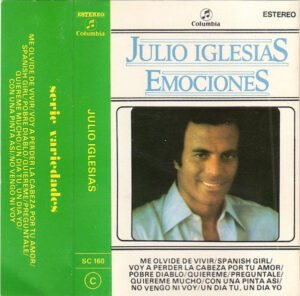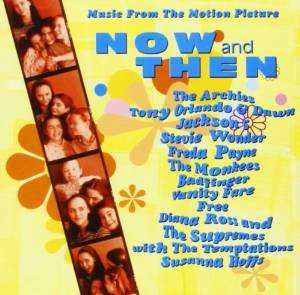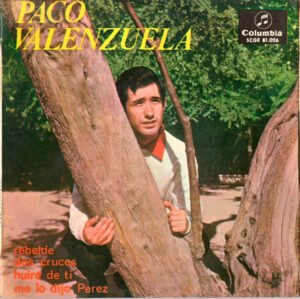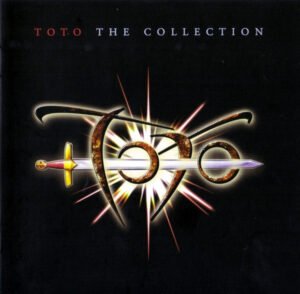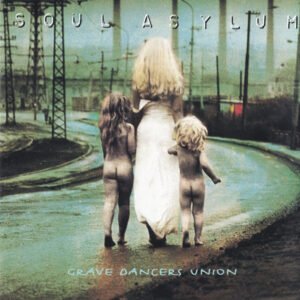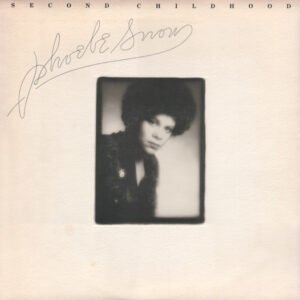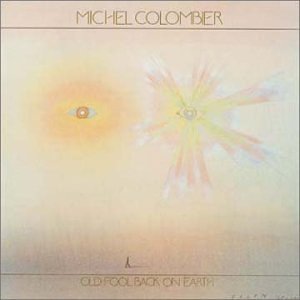¡Tu carrito está actualmente vacío!
Columbia
Mostrando 1–32 de 49 resultadosOrdenado por popularidad
Jeff Buckley Last Goodbye-10
36,50 €Maria De Lourdes Con El Mariachi Nacional De Arcadio Elías* Maria De Lourdes Con El Mariachi Nacional De Arcadio Elías-LP
18,50 €Amália* O Melhor De Amália Volume II (Tudo Isto É Fado)-2xLP
15,50 €Amália* O Melhor De Amália (Estranha Forma De Vida)-2xLP
15,50 €OV7 Rush (En Directo)-CD
21,50 €Dave Mason Split Coconut-LP
15,50 €Julio Iglesias Emociones-Cass
7,50 €Ana María González Con Acomp. de Orquesta, Al Organo: Isi Fabra* La Fierecilla Domada-7
8,50 €Orquesta De La Universal Internacional* “Música Y Lágrimas” The Glenn Miller Story-7
8,50 €Julio Iglesias Gwendolyne-7
8,50 €(2) James Taylor Greatest Hits Volume 2-CD
11,50 €Celine* All The Way… A Decade Of Song-CD
11,50 €Alice In Chains Facelift-2xLP
29,50 €Youssou N’Dour The Guide (Wommat)-CD
7,45 €The Woodentops Giant-LP
11,50 €Various Now And Then – Music From The Motion Picture-CD
5,50 €Paco Valenzuela* Acompañamiento: Los Polaris Rebelde / Dos Cruces / Huiré De Ti / Me Lo Dijo Pérez-7
378,50 €Toto The Collection-Box
40,50 €Steve Khan Tightrope-LP
12,50 €Soul Asylum Grave Dancers Union / Live – Insomniac’s Dream-CD
6,50 €Simon And Garfunkel* Bridge Over Troubled Water-CD
8,45 €Sidonie El Incendio-CD
8,50 €Santana Welcome-LP
18,45 €Rodrigo Leão Pasión-CD
8,50 €Phoebe Snow Second Childhood-LP
11,50 €Paul McCartney Pipes Of Peace-LP
11,50 €The Neighbourhood Chip Chrome & The Mono-Tones-2xLP
26,50 €Ned’s Atomic Dustbin Grey Cell Green-CD
5,50 €Michel Legrand And His Orchestra* The Columbia Album Of Cole Porter-CD
6,45 €Michel Colombier Old Fool Back On Earth-2xLP
15,50 €Mariah Carey Rainbow-CD
8,50 €






